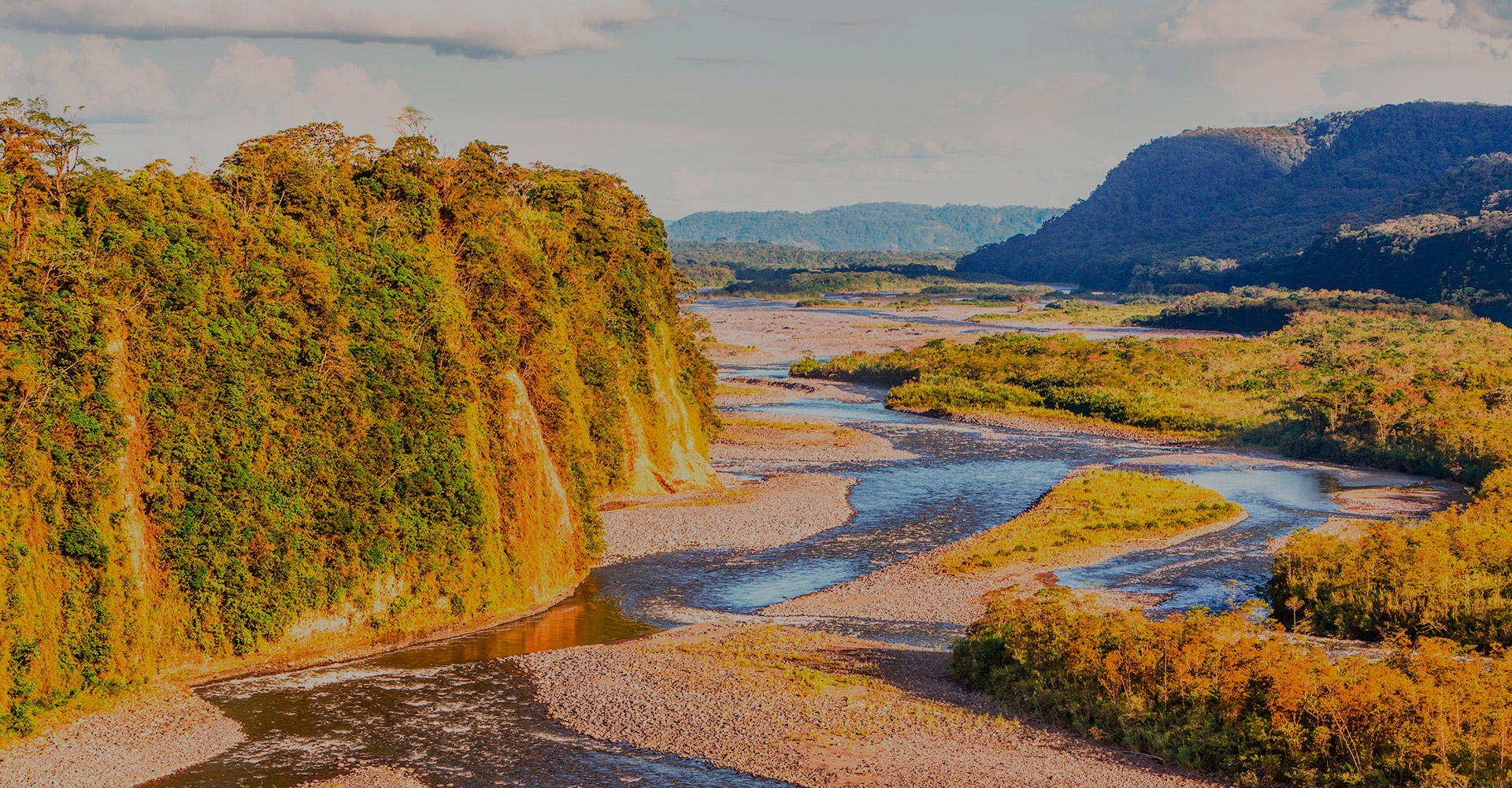Guyana: the last unspoiled stretch of Amazon Forest
I visited Guyana recently on a family trip. My mother is originally from there and she had not been back in over 30 years; my siblings and I figured it was time to take her back to her roots and her upcoming 60th birthday was a fitting reason to plan such a trip. We embarked on what would be one of the most memorable trips we had ever been on as a family.
Having been raised by our Guyanese mother, my siblings and I already knew quite a bit about the culture, traditions, music and food of this country, and many experiences felt somewhat familiar. But what we surprised us more than anything on this journey was an untouched hidden beauty: Guyana’s pristine forests, with 80% of the land remaining as virgin tropical rainforest. No where else in South America you will see this. The wilderness has not been affected by mining, logging and wildlife trading, and we hope it stays that way.
What surprised us even more was the local Amerindian community initiative to preserve this forest and implement conservation projects. The introduction of eco-tourism has empowered the Amerindians, and allowed them to take control of their pristine areas, participate in the future development of conservation projects, and benefit from these economic opportunities. As a result several lodges have sprung up that offer visitors the opportunity to stay in these pristine areas. To add to this, the Amerindian community has also introduced youth training and educational programs that focus on conservation. Where once Amerindians would trap animals and sell them to zoos as the only economical option, they are now becoming guides, conservationists, researchers, and employees at the eco-lodges.
We realize now how important it is to support these projects and these communities. As a traveler, you have a chance to leave a positive footprint behind. If you do visit Guyana, be sure to stay at one of the eco-lodges, where you can participate in outdoor and cultural activities, enjoy Amerindian hospitality, while supporting these conservation efforts. And if you are lucky, you might even spot the elusive jaguar, seen more in Guyana than in any other area of the Amazon.



